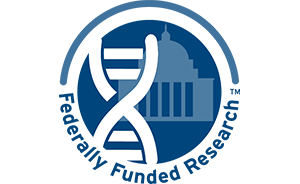Testicular Cancer
In the four decades since the first cure for advanced testicular cancer was reported by the National Cancer Institute, testicular cancer has emerged as one of the greatest success stories in cancer treatment. Modern therapies now cure 95 percent of men diagnosed with testicular cancer. Achievements in testicular cancer treatments were driven by clinical trials that provided critical insight on the most effective uses of chemotherapy, radiation and surgery. Studies have guided doctors as they increasingly adopt a "less is more" approach to cancer therapy: more than three-quarters of men with early-stage testicular cancer are now treated with surgery alone.
However, gaps in treatment and long-term care still exist. A small portion of patients – mostly young men – have cancers that do not respond to current therapies and there is a growing need for follow-up survivorship care to address any long-term health risks associated with the disease and treatment.











